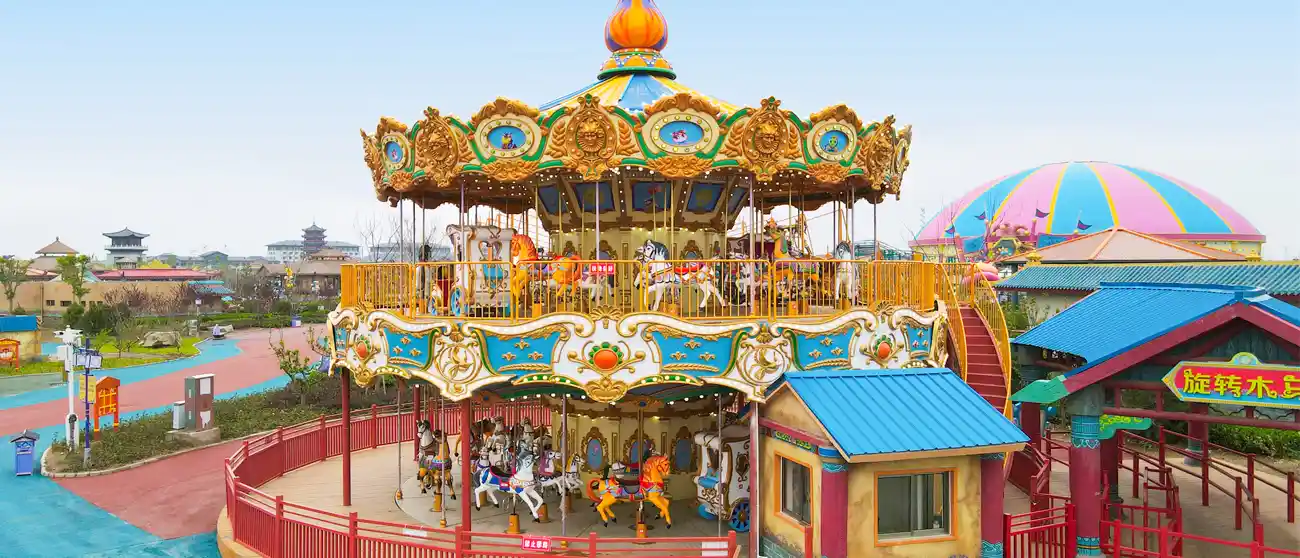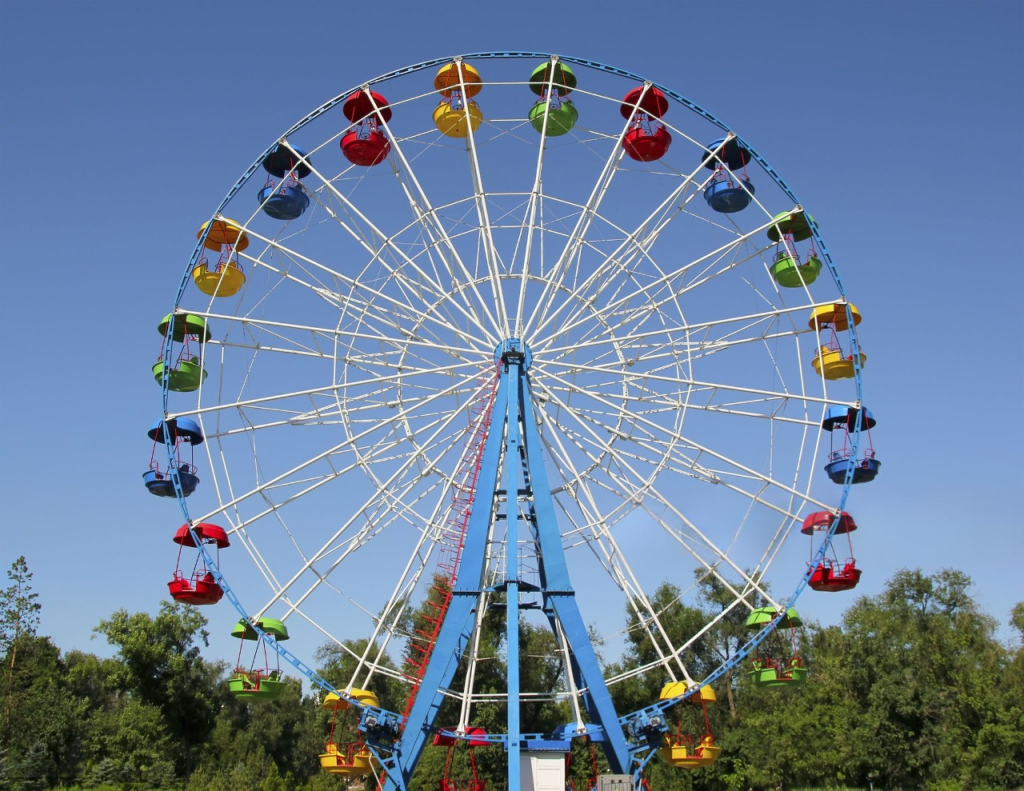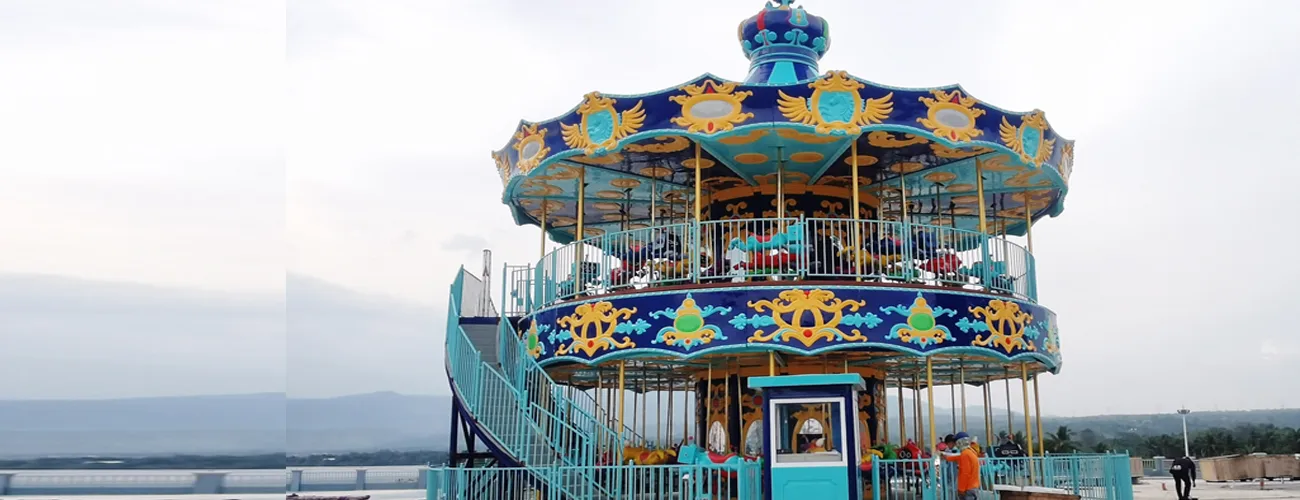Essential Insights Before Investing in Amusement Equipment
Investing in amusement equipment is a significant financial commitment that can shape the long-term success of an amusement park. Whether you are adding new attractions to an existing park or establishing a new facility, making informed decisions about equipment choices is crucial. Understanding the nuances of different rides and the factors that affect their profitability will guide you toward smarter investment strategies. Here are five key points that every potential investor must consider before purchasing amusement equipment.
1. Understand the Market Demand for Specific Amusement Rides
Before committing to any equipment purchase, it’s essential to analyze the demand for different types of amusement rides. Amusement rides vary greatly in terms of target audiences, ride intensity, and thematic appeal. Rides like roller coasters and pendulum swings may draw thrill-seekers, but attractions such as carousels and gentle kiddie rides cater to families and younger visitors.
The popularity of specific rides is influenced by demographic trends and local preferences. For example, a carousel ride is typically a stable performer in family-centric parks, appealing to children and offering nostalgic value for adults. It is also highly versatile, with opportunities for thematic customization that can resonate with a broad range of guests. In contrast, larger thrill rides, such as those designed for high-speed or high-intensity experiences, may draw more attention in larger parks or those located in tourist-heavy areas.
By gauging market demand and understanding customer preferences, you can ensure that your investment aligns with the expectations of your target audience, minimizing the risk of underperforming attractions.
2. The Operational and Maintenance Considerations for a Double Deck Carousel
When considering the purchase of an attraction like a double deck carousel, it’s crucial to take into account the operational and maintenance requirements. A double deck carousel, while a visually stunning and popular ride, demands significant space, specialized installation, and ongoing maintenance. The complex mechanical components, such as the multi-level platform and synchronized movement, require periodic inspections and repairs to ensure safety and performance.
Moreover, a double deck carousel often has higher upfront costs compared to traditional carousel rides due to its larger size, increased seating capacity, and engineering complexity. It is also worth noting that the popularity of such a ride typically hinges on its unique design and its ability to accommodate large numbers of guests. Consequently, while the ride can be a highly profitable attraction during peak seasons, careful consideration must be given to its initial investment, the long-term maintenance costs, and its capacity to generate a high return on investment over time.
The ability to balance these operational considerations with the expected revenue will help ensure that your investment in a double deck carousel proves worthwhile. This balance can be achieved by closely analyzing expected visitor flows and adjusting marketing strategies to maximize utilization.

3. Assessing the Longevity and Reliability of Equipment
The longevity of amusement equipment is directly tied to its construction quality, design specifications, and ongoing maintenance. When considering a purchase, such as deciding whether to buy a ferris wheel, it is crucial to prioritize equipment that is built with durability in mind. Ferris wheels are often one of the most iconic features of an amusement park, with the ability to attract crowds from a distance. However, they also represent a significant investment that requires long-term maintenance.
The lifespan of a ferris wheel can span decades if the equipment is well-maintained. But the complexity of such machinery demands that investors factor in the cost of ongoing service contracts, spare parts, and safety upgrades. By selecting equipment from reputable manufacturers that offer strong after-sales support and warranty options, you can significantly reduce the risk of unexpected operational failures. Furthermore, taking into account the expected maintenance cycles and associated costs for rides such as the ferris wheel ensures that the ride continues to operate efficiently and profitably. When deciding to buy a ferris wheel, it’s important to have a clear understanding of the long-term costs and commitments involved to ensure it remains a sound investment over its operational lifespan.

4. Budgeting for Installation and Space Requirements
Amusement rides come in varying sizes and footprints, which affects both the installation process and the space they require. Before purchasing any equipment, carefully assess your available space, ensuring it can accommodate the ride’s dimensions while also providing ample space for guest flow and safety measures. For example, a carousel ride may require a relatively modest area, but larger rides like a double deck carousel or a ferris wheel require significant real estate and structural considerations, including foundations, electrical supply, and safety barriers.
Installation costs should also be carefully factored into the overall budget. Larger rides may require specialized construction teams, cranes, or even engineering consultations to ensure that the ride is securely installed. Additionally, the integration of ride safety systems, including evacuation protocols, emergency stops, and crowd management features, should not be overlooked.
Proper space utilization and budgeting for installation can significantly impact the overall cost-effectiveness of your investment, ensuring that the ride integrates seamlessly into the existing park layout and operations.

5. Regulatory and Safety Compliance
Lastly, every amusement ride must comply with local safety regulations and standards. This is one of the most crucial considerations when purchasing amusement equipment. Different regions have specific guidelines for ride construction, operation, and safety inspections that must be adhered to. For example, rides like a double deck carousel or a ferris wheel require rigorous safety checks to ensure they meet structural and operational safety standards, including load testing, emergency preparedness, and routine safety audits.
In addition to these regulations, insurance coverage should be considered as part of the overall risk management strategy. Working with experienced professionals who understand the regulatory landscape will ensure that your park operates within the legal framework and that the rides you purchase can be safely enjoyed by guests.
Many manufacturers provide documentation and support to help navigate the regulatory landscape, ensuring that all rides meet necessary safety certifications. Partnering with a ride supplier that offers a clear safety record and detailed compliance history helps safeguard your investment and protects your brand reputation.
Conclusion
Investing in amusement equipment is a multi-faceted decision that requires careful analysis, foresight, and strategic planning. Understanding the demand for specific rides, considering operational and maintenance costs, assessing the longevity and reliability of equipment, budgeting for installation and space requirements, and ensuring safety compliance are all critical steps in securing an investment that will pay dividends in the long term. Whether considering the addition of a carousel ride, investing in a large-scale double deck carousel, or planning to buy a ferris wheel, ensuring these elements align with your overall business strategy will help you create a sustainable and successful amusement park.
